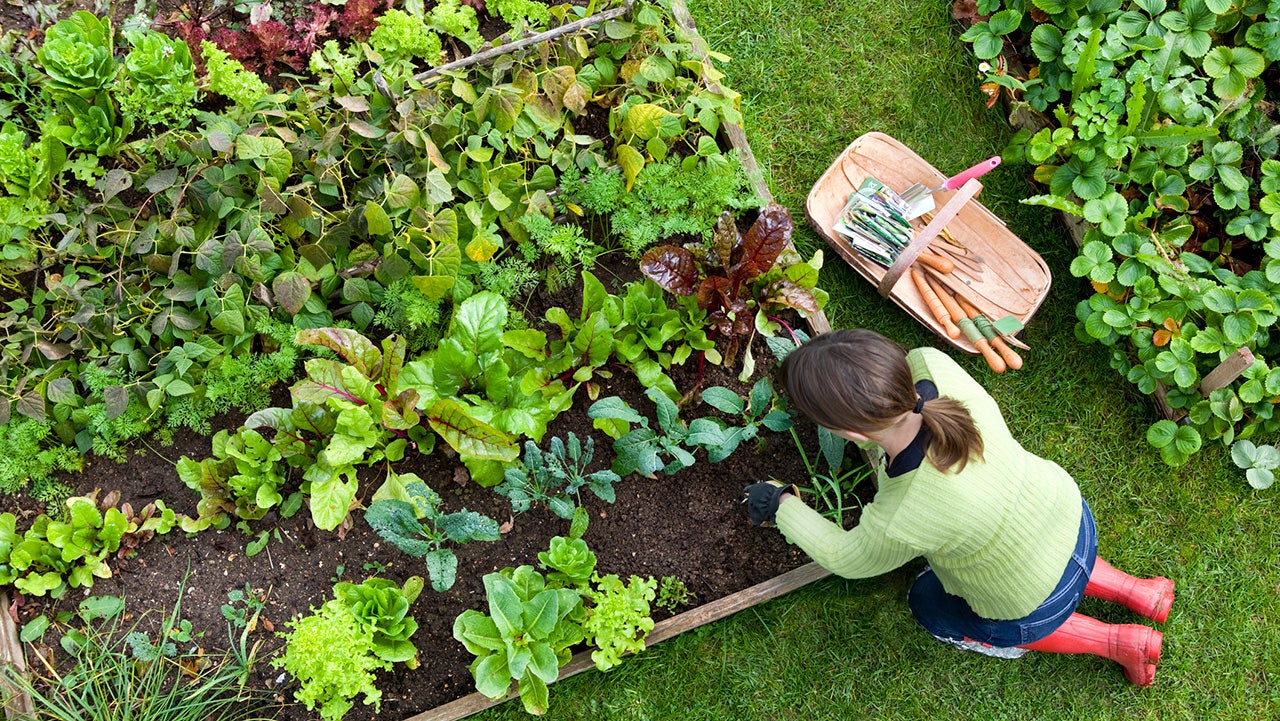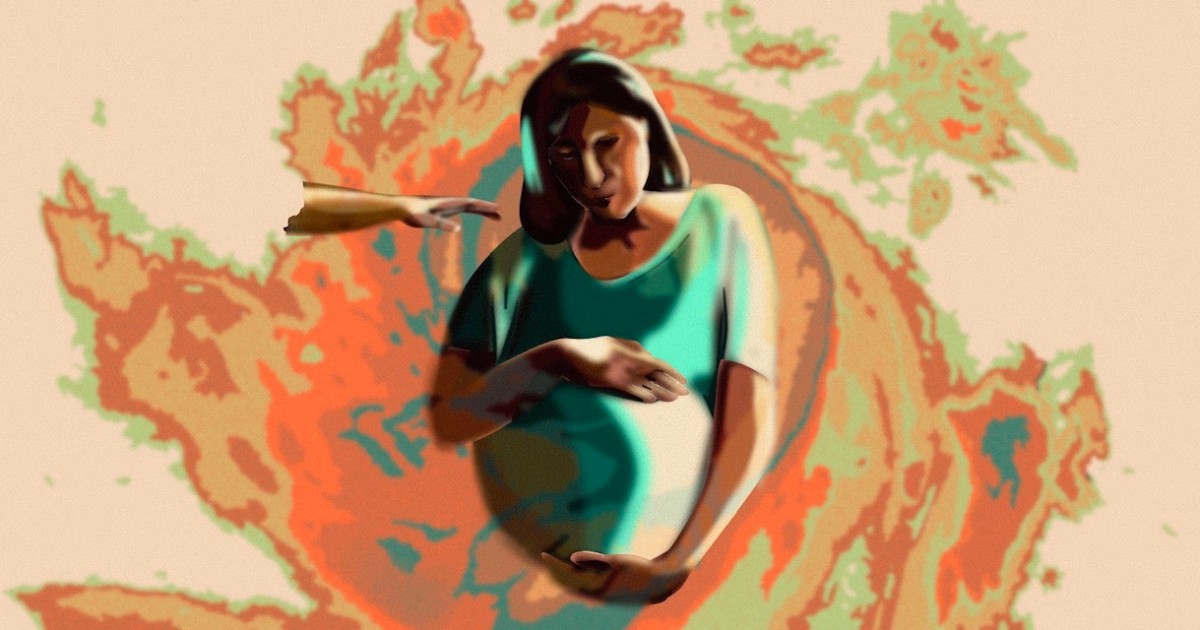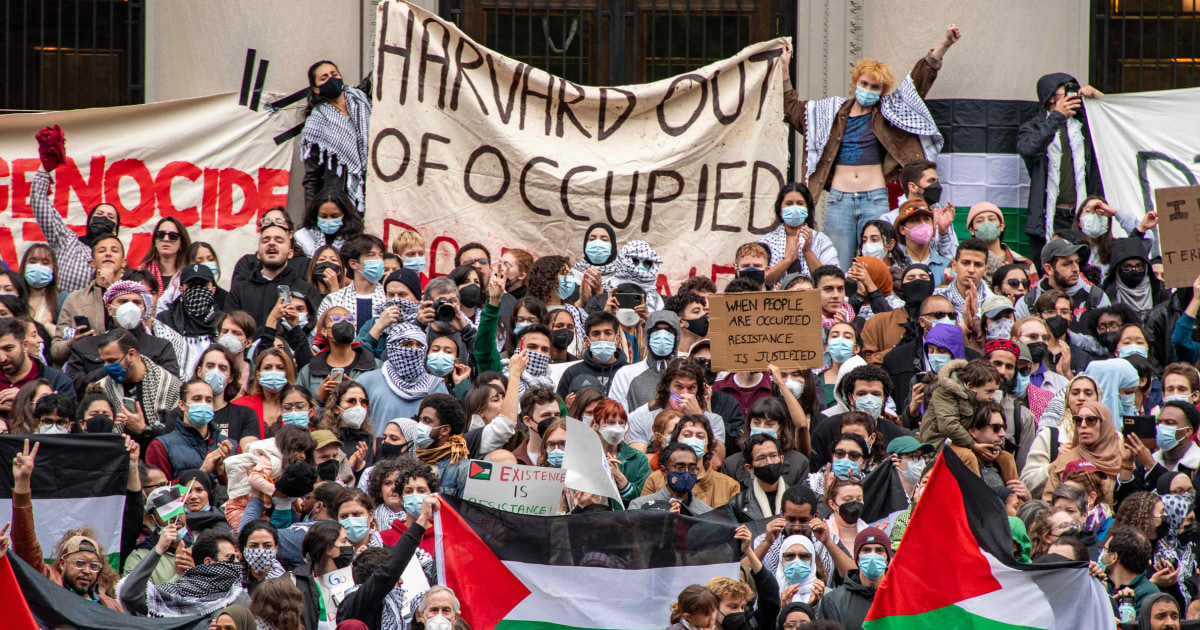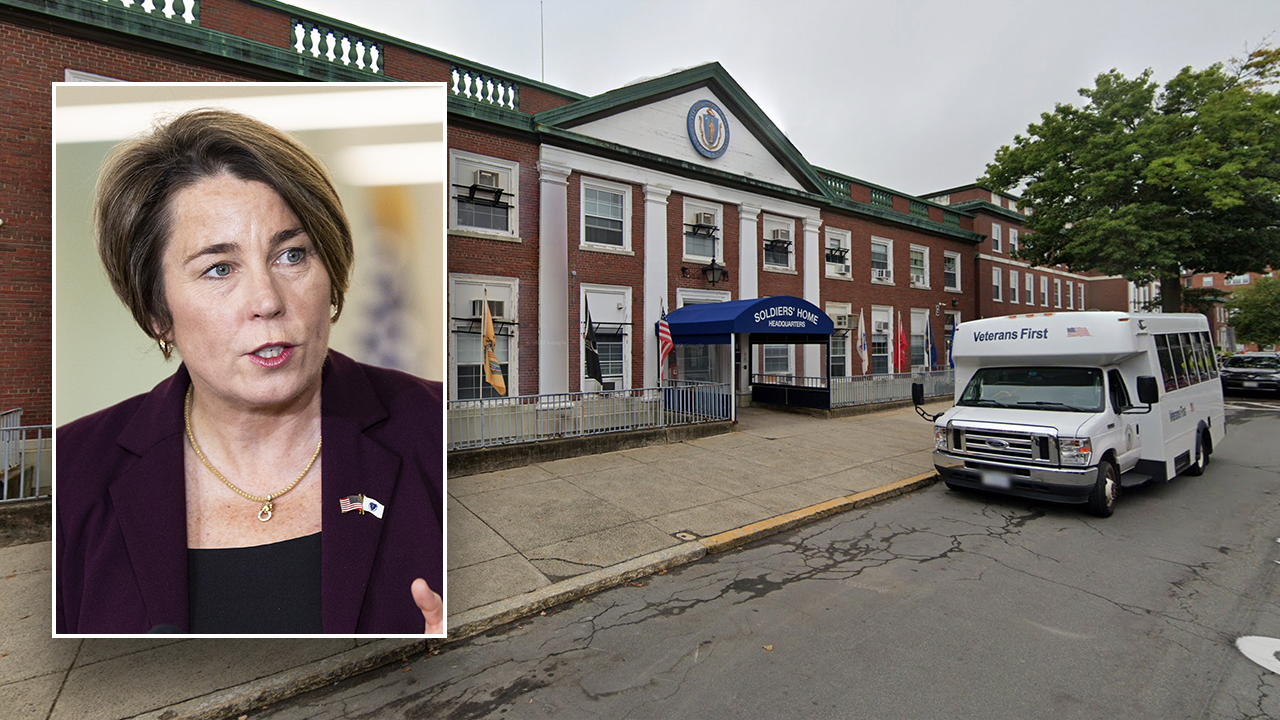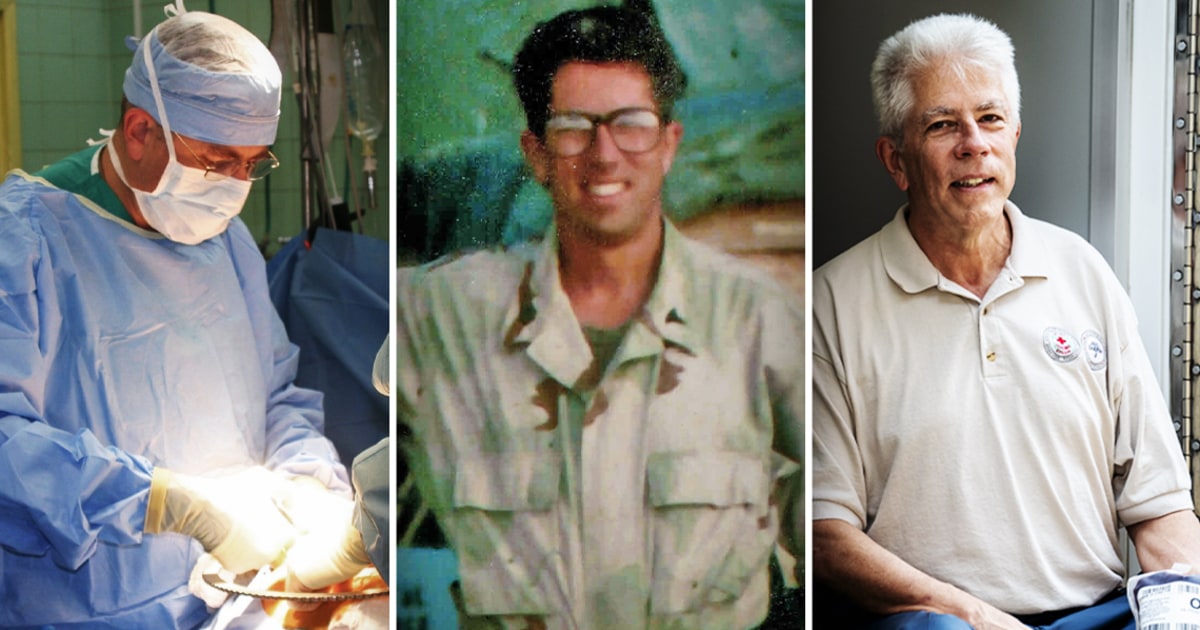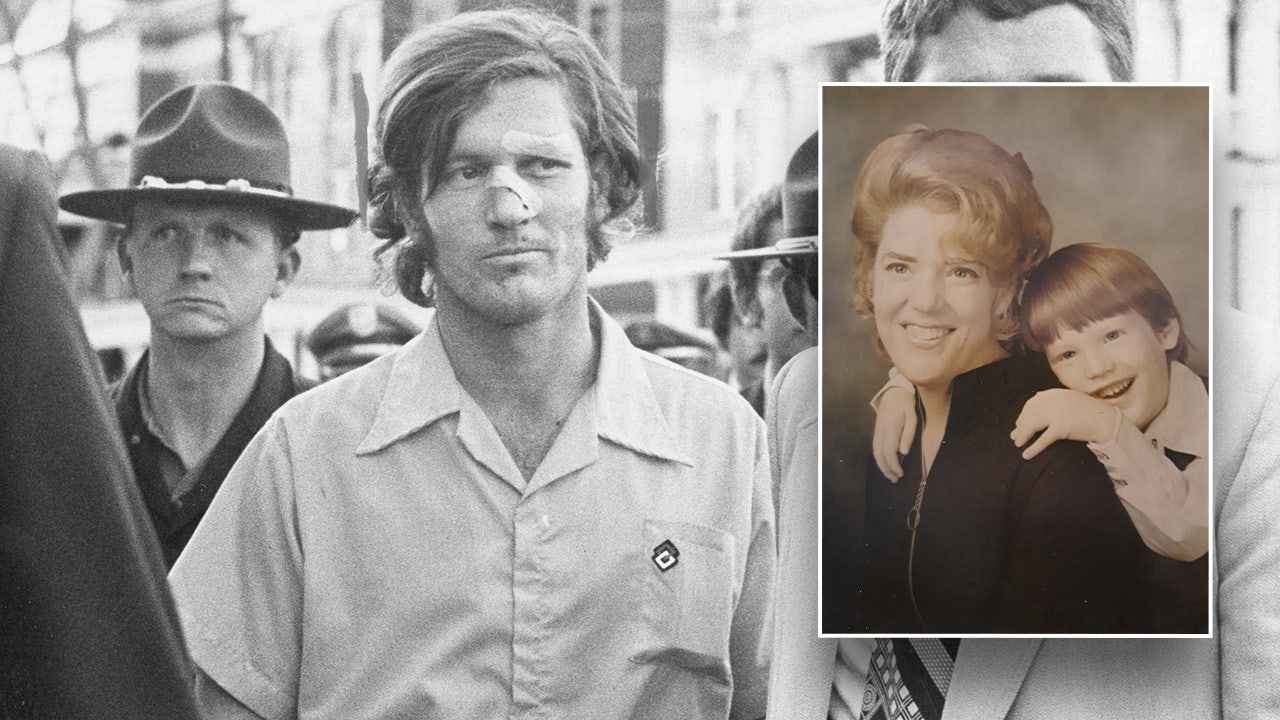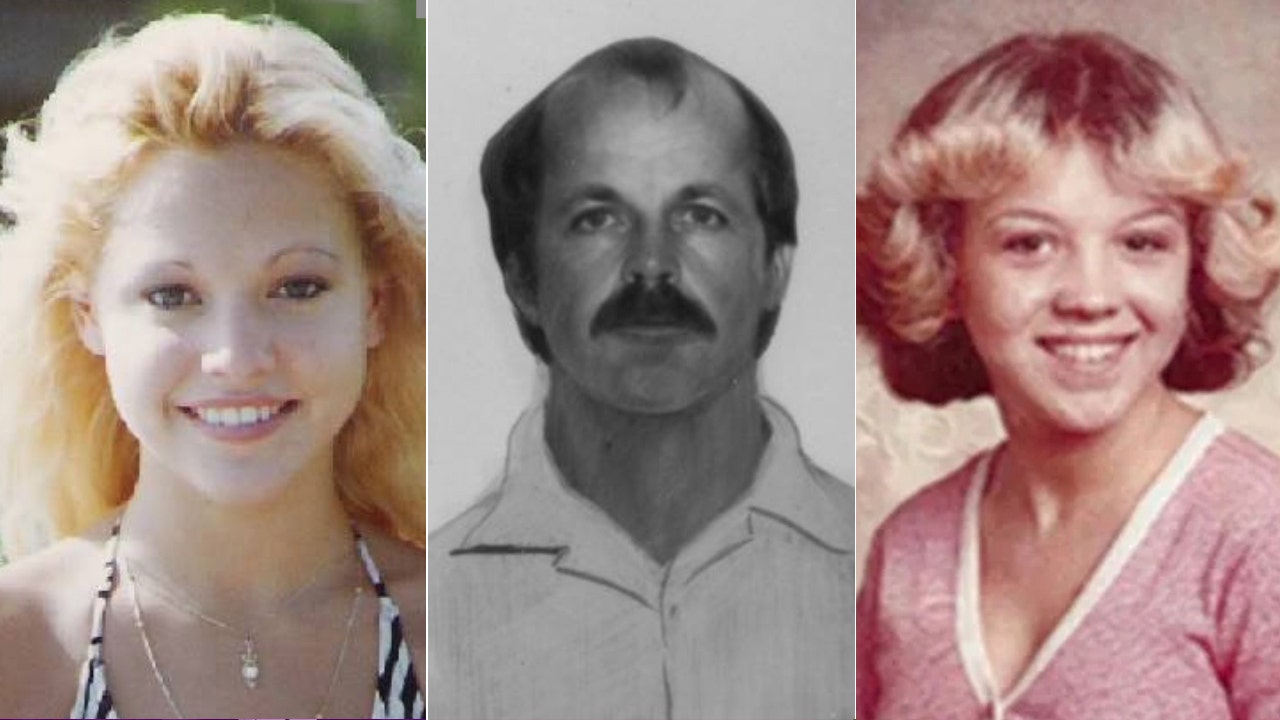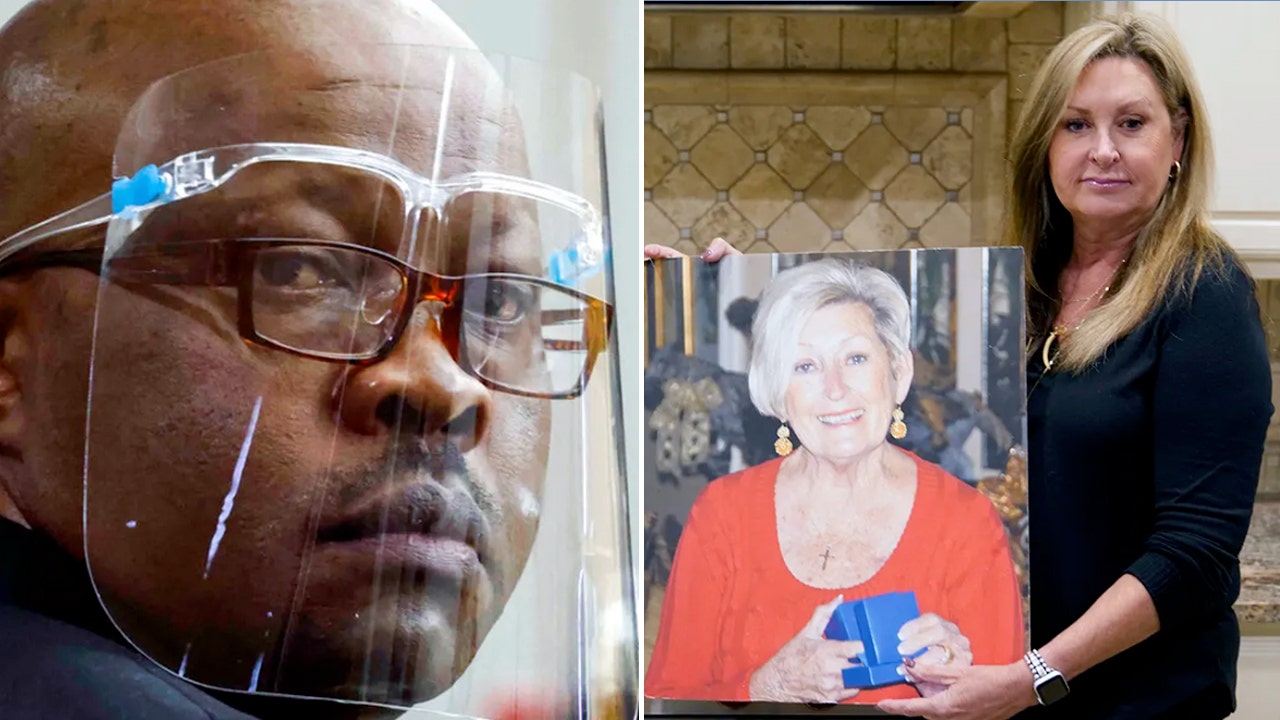On the day Livia Marati was due to give birth, Typhoon Mawar barreled toward Guam. Anyone more than 36 weeks pregnant was instructed by the governor’s office to make their way to the island’s only hospital with their own linens and drinking water. Family members had to stay behind.
Marati, a 35-year-old CHamoru woman, ran worst-case scenarios through her head: What if a tree was blocking the road to the hospital? Or the power went out? “I called my doula just in case I needed to give birth over the phone,” she said.
Thankfully, she ended up giving birth at Guam Memorial Hospital a few weeks later, after electricity had mostly been restored on the island. But the close call was a reminder of the fragility of emergency services for birthing people without access to a doula. “For the wider population here, they don’t have support or an alternate plan in place,” Marati said.
For the past two years, medical professionals have been sounding the alarm for what they consider a “maternal care crisis” on Guam. After the closure of the island’s only standalone birth center in December 2022, Guam’s maternity support options are the single hospital and the one doula who helped Marati. Though many U.S. states are starting to reimburse doula care through Medicaid, that coverage doesn’t extend to U.S. territories like Guam. The island has also been without abortion services since the only abortion-providing doctor retired in July 2018.
A CHamoru women-led organization is trying to fill these reproductive access gaps. By training CHamoru doulas, the Birthworkers of Color Collective is preparing women on the island for the increasing frequency of climate disasters like Typhoon Mawar, which struck last spring. On heavily militarized, resource-strapped Guam, the collective is hoping to equip the community with Indigenous-centered reproductive practices and rapid-response birthing support.
“When Americans talk about reproductive access and rights, they’re not thinking about how territories like Guam are doubly, triply impacted by laws and decision-making,” said Stevie Merino, the 35-year-old CHamoru founder of the Birthworkers of Color Collective. “Reproductive justice is not just the birth experience, it’s also about climate injustice, food insecurity and affordable housing.”
Climate change has exasperated Guam’s reproductive access issues
A 2022 Intergovernmental Panel on Climate Change report found that pregnant women were more likely to suffer disproportionately during extreme climate events. In Guam — where maternal mortality and infant mortality rates are higher than the national average and CHamoru infants are five times as likely to die before age 1 — a critical care nurse at Guam Memorial Hospital testified at a legislative hearing last year that another supertyphoon could shut down the hospital’s outdated facilities, leaving pregnant people completely stranded with nowhere to go.
Lack of reproductive access is compounded by environmental and cultural issues stemming from the region’s history and strategic location. When Guam was under Spanish rule from 1521 to 1898, the CHamoru population decreased by 90%. The island was ceded to the U.S. in 1898 following the Spanish-American War, captured by the Japanese in 1941, then recaptured by the U.S. in 1944, leading to the environmental destruction of one-third of the island that has come under U.S. military control. Guam and the nearby Marshall Islands have elevated rates of infertility, miscarriages and birth complications due to high levels of nuclear waste and radiation from military testing. Since the retirement of Guam’s only abortion-providing doctor in 2018, women now must rely on telemedicine shipped from Hawaii if they choose to have an abortion.
For over 4,000 years, traditional CHamoru healers practiced and passed down their knowledge — until they were attacked by the Catholic Church for practicing voodoo. “On Guam, we had Suruhano healers — people who knew how to work with plant medicine for pregnant bodies and babies,” Merino said. “After World War II, our island was heavily militarized, and healers and midwives were regulated or outlawed by the military government.”
Merino explained that birthing only became a medicalized process within recent decades. “Younger generations are trying to reclaim traditional healing practices, but many practices were lost because they weren’t passed down,” she said. “That’s why our doula training feels especially timely now.”
Recentering Indigenous practices through doula training
Merino, who is based in Long Beach, California, first had the idea to organize a full-spectrum doula training — which covers all pregnancy and postpartum outcomes — in Guam right before Typhoon Mawar hit last year.


